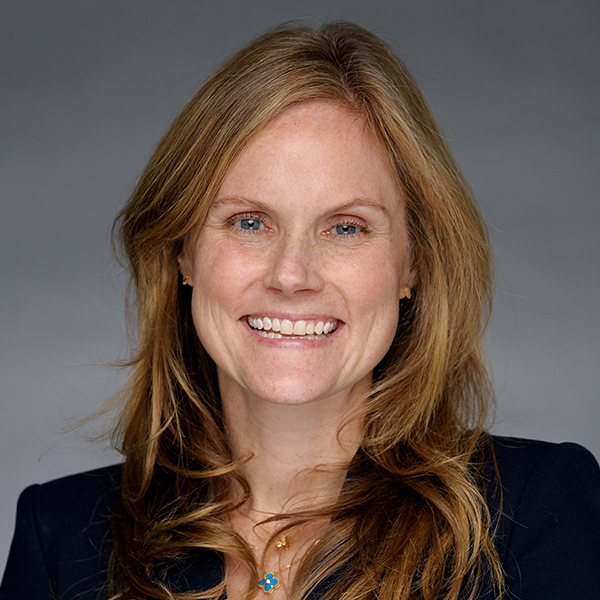2. Roth tax treatment is more entrenched than ever
Roth IRAs, 401(k)s and 403(b)s continue to grow in popularity among investors looking to minimize the impact of income taxes on future gains. The new legislation makes these vehicles even more appealing to investors, with a few key changes.
More ways for employees to save for retirement using a Roth. Effective immediately, vested employer contributions are now eligible for Roth treatment. Employers may now offer employees the option have employer contributions (both matching and nonelective) made to employees’ Roth accounts in 401(k) and 403(b) plans.
No more lifetime RMDs required from employer plan Roth accounts. Effective in 2024, investors with Roth 401(k)s or 403(b)s will no longer be required to take lifetime RMDs from those accounts. Distributions for employer Roth accounts will be more in line with traditional Roth IRAs, which do not require withdrawals until after the death of the account owner. As a result, the default move of rolling over a Roth 401(k) to a Roth IRA to avoid RMDs may no longer make sense for many clients.
Roth treatment required for some catch-up contributions. With increased catch-up contribution limits come some additional restrictions for high-earning individuals. Starting in 2024, all catch-up contributions to retirement plans will be made on an after-tax basis for individuals who earn $145,000 or more, even if regular contributions are made on a pre-tax basis.
SIMPLE and SEP Roth IRA options added. Small-business owners now have the option to offer Roth versions of Savings Incentive Match Plan for Employees (SIMPLE) and Simplified Employee Pension (SEP) IRAs, in addition to traditional versions of those plans.
How you can help now: For retirement savers that receive a portion of their compensation through employer contributions, help them start the discovery process to find out if their employer will be offering this Roth option, how the election will be made, and whether it makes sense for them. Note that it will likely take some time for employers and plan administrators to update their infrastructure and procedures to accommodate this change, so employees may not be able to elect this new Roth option for several months.
For your clients with Roth 401(k)s that are already taking RMDs or would be required to start taking RMDs next year, this obligation appears to completely halt as of 2024. Accordingly, if the client does not need to access retirement assets to pay for living expenses, you can discuss with them (and their tax professional) whether it makes sense to continue taking these distributions or leave the money in the plan to capture that tax-deferred growth.



